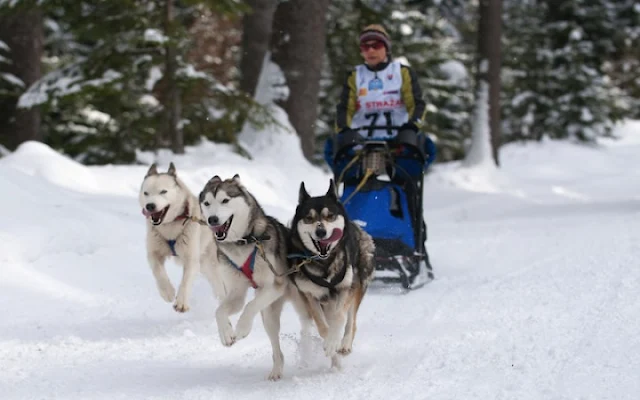What challenges do Arctic residents face living with sled dogs?
"Arctic Life: Dogs and Reindeer"
Living amongst sled dogs and reindeer in the Arctic is an experience like no other. In the remote and pristine landscapes of the far north, indigenous peoples have forged deep connections with these iconic Arctic animals, relying on them for transportation, sustenance, and cultural significance. From the camaraderie of sled dog teams to the ancient traditions of reindeer herding, life in the Arctic revolves around a harmonious coexistence with these remarkable creatures.
The Bond Between Humans and Sled Dogs
A Lifeline in the Snow
Sled dogs, such as Siberian Huskies and Alaskan Malamutes, are indispensable companions for Arctic residents, providing essential transportation across vast expanses of ice and snow. From hauling supplies to traversing treacherous terrain, sled dogs are valued for their strength, endurance, and loyalty.
Companionship and Camaraderie
Living amongst sled dogs fosters a unique bond between humans and animals, characterized by mutual respect and trust. As members of a sled dog team, individuals work together to navigate the frozen wilderness, relying on each other's instincts and abilities to overcome obstacles and reach their destination.
The Tradition of Reindeer Herding
Guardians of the Tundra:
Reindeer, also known as caribou, play a central role in the lives of Arctic indigenous peoples, who have practiced reindeer herding for generations. These majestic animals are revered for their resilience and adaptability to the harsh Arctic climate, providing sustenance, clothing, and cultural significance to those who rely on them.
Nomadic Lifestyles
Reindeer herders lead a nomadic lifestyle, following their herds across vast stretches of tundra in search of grazing grounds and seasonal migration routes. Living amongst reindeer involves a deep understanding of their behavior and needs, as well as a profound respect for the rhythms of nature.
Challenges and Rewards of Arctic Living
Harsh Conditions:
Life in the Arctic presents numerous challenges, from extreme cold and darkness to unpredictable weather and isolation. Yet, for those who call this frozen landscape home, the rewards are immeasurable—the freedom of wide-open spaces, the beauty of the Northern Lights, and the sense of connection to nature and tradition.
Cultural Preservation:
Living amongst sled dogs and reindeer is not just about survival—it is also about preserving cultural heritage and indigenous knowledge for future generations. Through storytelling, traditional practices, and community gatherings, Arctic residents pass down their wisdom and traditions, ensuring that their way of life endures in a rapidly changing world.
Conclusion
Living amongst sled dogs and reindeer in the Arctic is a journey of resilience, adaptation, and cultural richness. From the exhilarating rush of a sled dog race to the tranquil beauty of a reindeer migration, life in the far north is defined by a deep connection to the land and its inhabitants. For those who embrace this lifestyle, the Arctic is not just a place to live—it is a way of life, shaped by the enduring bond between humans and animals in one of the world's most remote and awe-inspiring regions.





Comments
Post a Comment